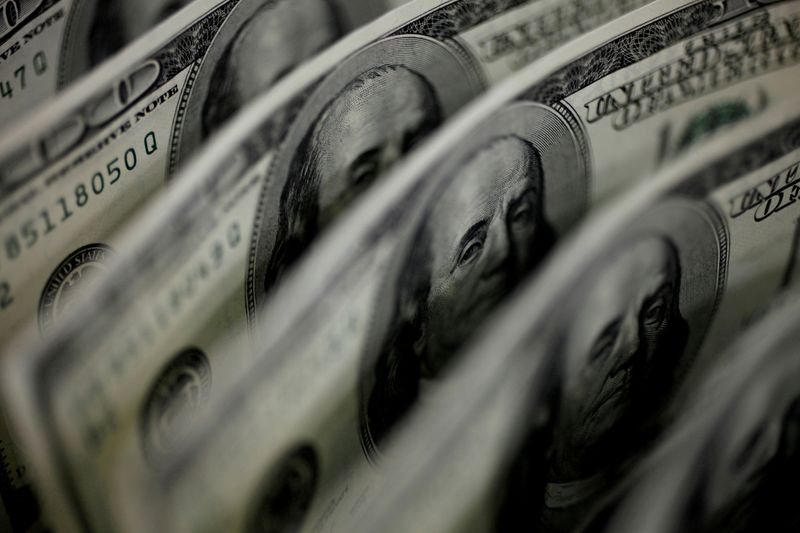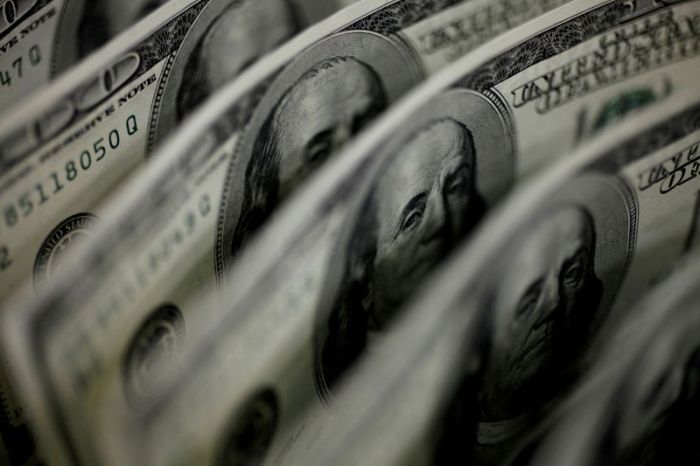WASHINGTON (Reuters) – A bipartisan think tank warned on Friday the U.S. government could start missing payments on its bills as soon as Dec. 21 if Congress fails to raise the debt limit, as top Democrats and Republicans sought a path around such a financial calamity.
The Bipartisan Policy Center’s projection, based on updated official data on tax receipts and government spending, underscores the mounting pressure on President Joe Biden’s Democratic Party to find a way to raise the statutory $28.9 trillion debt limit and avoid the heavy economic repercussions that could come with missed payments.
Congressional leaders including Senate Majority Leader Chuck Schumer and his Republican counterpart, Mitch McConnell, are now exploring the possibility of linking the debt ceiling to the National Defense Authorization Act (NDAA), according to a person familiar with the matter.
The annual defense policy bill, which has become law for 60 straight years, is widely expected to pass despite recent procedural hurdles.
Leaders of both parties are looking at whether attaching a debt ceiling measure to the NDAA could help overcome partisan differences that raised concerns about a possible default earlier this year, the source said.
But congressman Kevin McCarthy, the top Republican in the House of Representatives, rejected the NDAA approach on Friday as a Democratic “gimmick” bound for failure.
“I don’t think it would pass,” McCarthy said at a news conference. “I think it would fail. I really do.”
Congress passed legislation on Thursday to fund the government through mid-February, averting the risk of a partial government shutdown for now. But the task of bridging partisan differences over the debt limit could prove more difficult and pose risks that are far more severe.
“Congress would be flirting with financial disaster if it leaves for the holiday recess without addressing the debt limit,” said Shai Akabas, the Washington-based Bipartisan Policy Center’s director of economic policy.
If upcoming tax receipts are favorable, the center projected, the debt ceiling could become binding as late as Jan. 28.
On Tuesday, the nonpartisan Congressional Budget Office said the Treasury Department could start missing payments by the end of the month, while Treasury Secretary Janet Yellen said Washington can likely keep paying all its bills through at least Dec. 15.
Once the Treasury Department hits its borrowing limit, it will only have incoming tax receipts to pay its bills. And because it borrows nearly 40 cents for every dollar it spends, the Treasury would start missing payments owed to lenders, citizens or both.
Shock waves would ripple through global financial markets. Domestic spending cuts would push the U.S. economy into recession as the government misses payments on everything from Social Security benefits for the elderly to soldiers’ salaries.
Biden’s Democrats hold razor-thin majorities in both houses of Congress, but Republicans have vowed not to cooperate on the debt ceiling, which could stymie attempts to lift borrowing limits under normal legislative rules.
In the Senate, Schumer has demanded a “bipartisan” solution that would require Republicans to cooperate by allowing a debt ceiling measure to reach the floor. Republicans insist that Democrats use a more time-consuming legislative process known as “reconciliation” to raise the debt ceiling on their own.
Another sticking point is how to address the borrowing limit. Republicans want Democrats to raise the ceiling to a higher dollar amount, which they could then attack in 2022 congressional election ads. Democrats want to avoid a dollar amount by simply suspending the limit.
Discussions about using defense legislation to break the impasse remain at an early stage, according to the source, who said it was not clear how much traction such an approach would garner among rank-and-file lawmakers from either party.
(Reporting by Jason Lange; additional reporting by David Morgan; Editing by Scott Malone, Alistair Bell and Diane Craft)

























